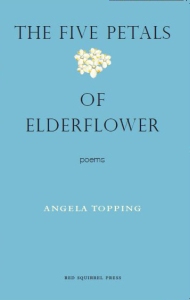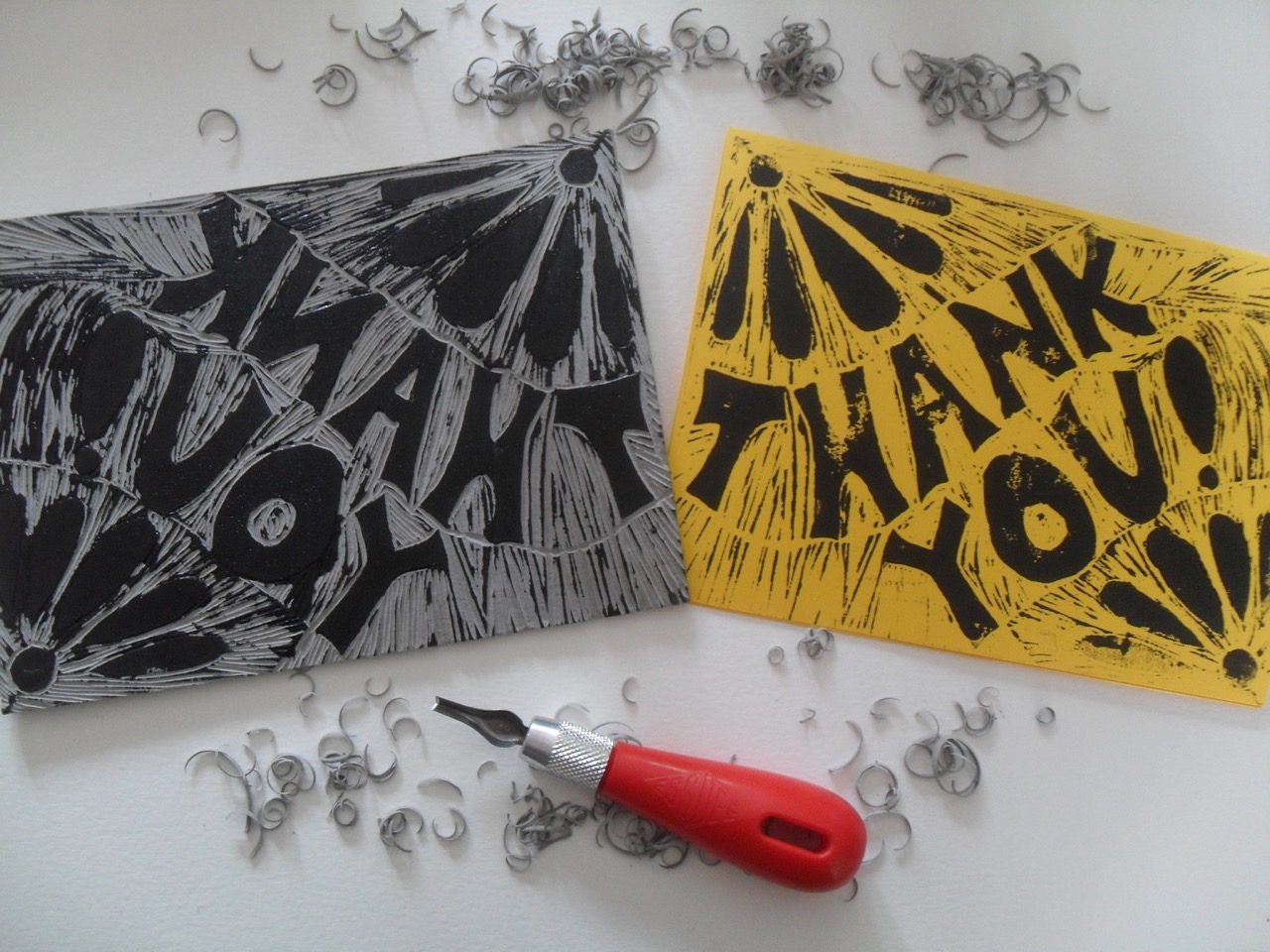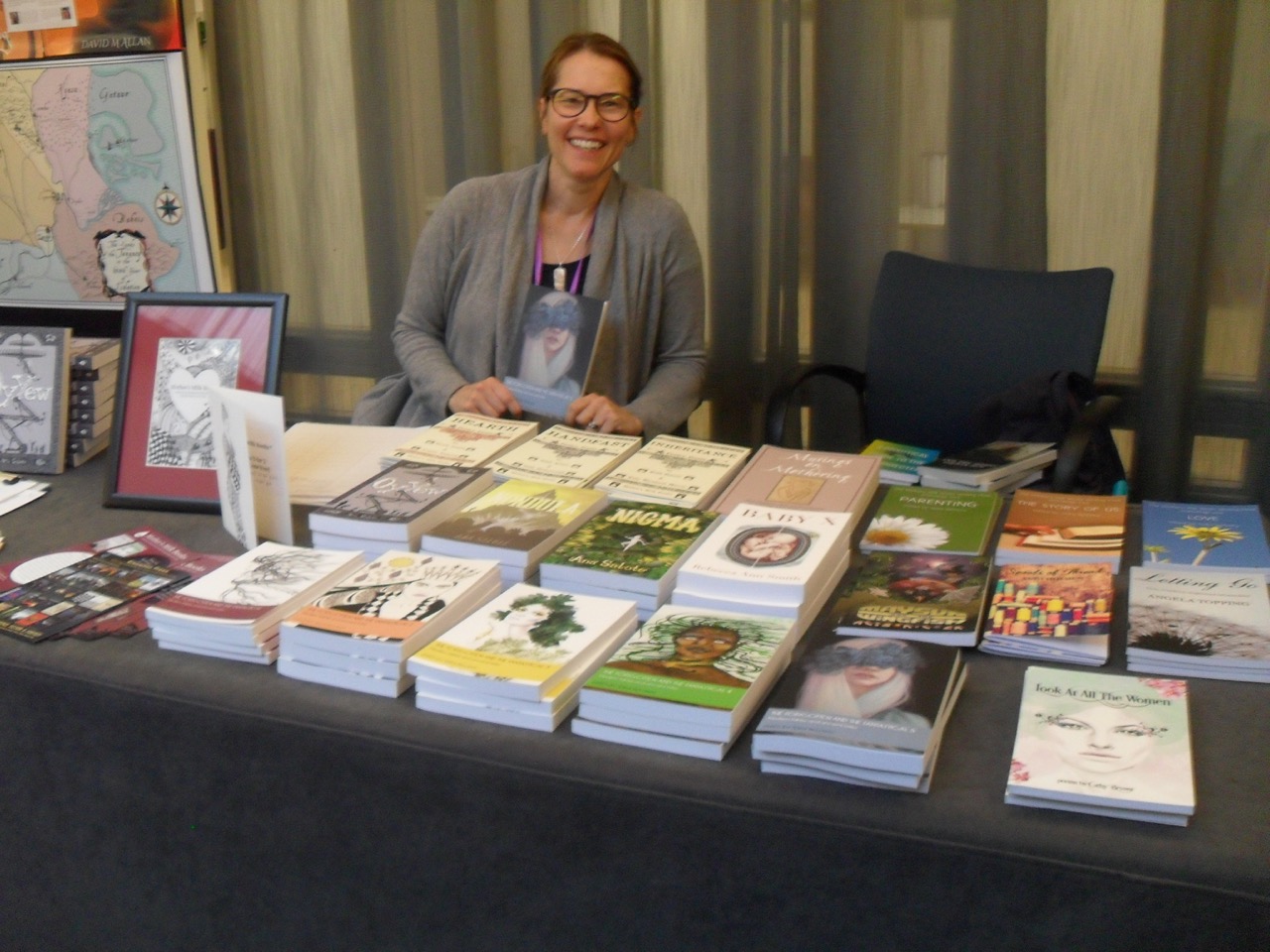Work and writing projects have kept me from adding much to my blog recently, but I love this little space of mine and so will continue to “slow blog” in my own unique and eclectic manner. Of late, poetry has been on my mind for various reasons, and in a desire to give back to Poetry World I am reviewing the following collections. I can highly recommend them all.

Land and Sea and Turning by Kate Garrett is a pleasingly substantial pamphlet given its slimness; the paper of the pamphlet is relatively thick and I like the black endpapers – a most striking and fitting touch given the cover art. The poems balance light and dark, leaving and arriving, so skilfully that, often, I do not know how the trick is done. In general, the themes are dark and disquieting, but Garrett has such a light, skilful touch that even the most macabre of topics – for example, an obscure medieval tradition of mutilating corpses in case of possible reanimation – becomes an entrancing, rewarding read. Then, in between, there will be a poem about a more general subject such as mothering which, to my mind, opens the whole collection and provides it with an uplifting airiness. ‘Witchling’ (about her daughter, Saoirse) is a sweet gem of a poem, though it is still infused with Garrett’s trademark fairy tale sharpness, and ‘From one room to another’ is a gorgeous, romantic poem, its rhythm drawing you on through the couplets.
‘For Josephine’ is one of my favourites in the pamphlet and a beautifully understated poem to a woman
“…whose lips prayed their last as she
ran for the train, ran for the tracks
and flew, just once, to land at the feet
of strangers in a station, to land in a grave
belonging to “The Girl in Blue”….”
Kate is fast becoming one of my favourite poets and I very much look forward to reading more from her.
*

Angela Topping’s latest book, The Five Petals of Elderflower, is a compelling collection by a poet truly at the height of her powers. Topping’s poems make for easy reading, in that the language is straightforward and unfussy which, actually, makes them all the more remarkable. To convey so much power in such a direct yet subtle way is extraordinary and marks out Topping as a poet through and through. I also love the way she can’t be boxed-in into any particular ‘type’ of poet. When reading her poems on nature – ‘Seed Time’ is a favourite – I can’t help thinking: this is her forte. And then she will blow me away with a poem about an apparently small moment – a mother and daughter posing together for a photo – with its insights into the mother-daughter bond:
“…For this studio photograph
they are stitched together, a book bound dos á dos.
It has always been this way with mothers and daughters.”
From ‘They Pose Together’
This is a gorgeous-looking book, put together with real love, and I really hope that Topping’s next collection, small or large, comes out soon.
*

On the other hand, in Loneliness is the Machine that Drives the World, Grant Tarbard, another poet through and through, uses language in a more tricksy, mysterious way. The sometimes uncanny images he conjures are striking in their juxtaposition.
“Gathering a rich patchwork of echoes
in the desolate breakfast of wild hair,
dyed white under the cracked sun – he ventures to
speak with the sand for forty days and forty nights.”
From ‘Sage of the Wastes’
Through his poetry the reader is able to perceive the world through a rather uncanny lens, simultaneously otherworldly though, often, rotten within:
“all lilies, all buds,
stink of life’s rotten sweetness,
the scent of a wreath”
From ‘I’ll Be No-One Again’
His is the kind of writing I would most like to emulate, yet it is frustratingly difficult to achieve. So, instead, l’ll leave the likes of Tarbard up to it and make do with my own style, while admiring his so much. I also want to add that the quality of the pamphlet is very high. The pamphlet is a real object of beauty in its own right and I am very glad to have discovered the press, Platypus Press, because of it.
*

Out of all the poets I can “hear” Cathy Bryant’s voice the most. When I read her poems it is as though she’s in the room with me, sitting beside me, having a poetical conversation. Her poetry is warm and witty, yet sharp and precise when it needs to be, the themes she writes about, as well as the voices she uses, eclectic. Her latest collection, Erratics – with its striking and fitting cover art – is rather like a hug from a good friend, her poem ‘Warmer Places’ a fine example of the poet’s warmth:
“then her eye catches mine at the right angle
and we laugh ourselves into a new season
and a warmer place.”
Though, as I said earlier, she can sting when she wants to:
“Yes, England welcomed the uncommercial,
artistic and odd, said Sylvia.
And didn’t we make her stay special.”
From ‘Sylvia Plath Talks About England’
A sucker for good storytelling (and Cathy really is a natural when it comes to storytelling) I will look forward to reading more of Cathy’s poetry.
*

Lastly, Moon Milk, by Rachel Bower is a pamphlet on the themes of new motherhood and family life – topics close to my heart. Having read a lot of poetry on these themes through my publishing work I feel quite well-versed in the various approaches writer-mothers take when tackling these subjects and see a fair bit of familiar imagery. What I particularly liked about Rachel’s pamplet is how different it is, and yet it still manages to be fresh and full of warmth, something that I feel is very difficult to achieve well in this context. ‘Slow Ship’, ‘Oyster’ and ‘Amber’ are beautifully crafted and some of my favourites – resonating as they do with my own experiences.
“I hope to remember the woman I was
before he was born, the sculptor of rain
but when his small cry balloons
I become the milk that surges in,
his face a pearl in my arms.”
From ‘Oyster’
The pamphlet is a gorgeous book in its own right – the paper pleasingly thick, the interior design elegant and the cover striking. Well done to Valley Press for publishing a book that I would’ve eagerly taken on. I will keep my eye on what Rachel does next…
































